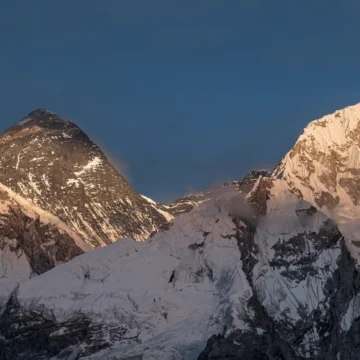
Nepal’s Mountain Prayer Flags: Meaning and Significance
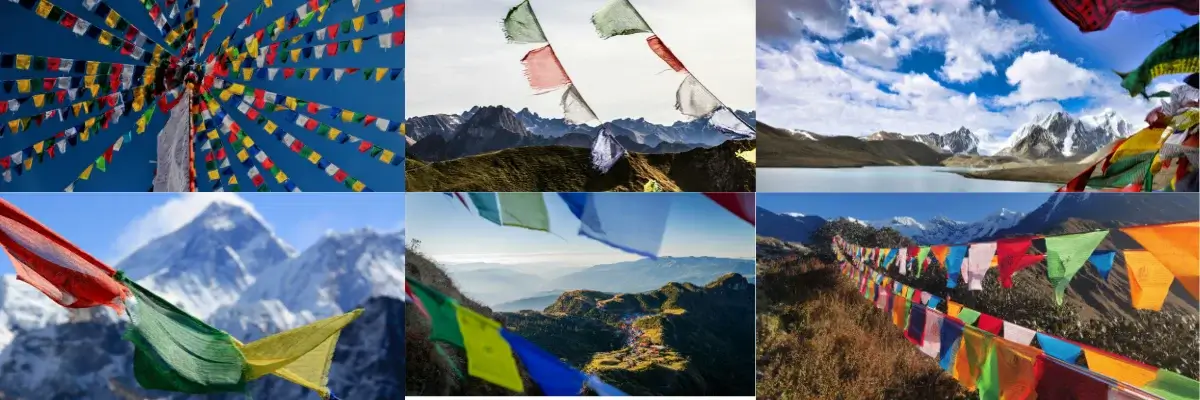
Table of Contents
You must wonder what those flags are fluttering when you are on high mountain passes in Nepal. Prayer flags Nepal are vital part of Buddhist and all of Nepalese people. Those fluttering flags in the mountains are called prayer flags. It blends beautifully in nature. Snow white mountains, green forests, crystal clear rivers, and prayer flags are like cherry on top, giving complete natural vibes.
Prayer flags are a crucial part of Tibetan culture and traditions. They carry meanings and essences that affect the way of living and the environment. These flags are rectangular, handkerchief-sized clothes in different colours.
What is the Meaning of Prayer Flags?
When trekking along the mountainous terrain in the Himalayan region of Nepal including Manaslu Circuit Trek, you will come across these fluttering prayer flags. In mountain ridges, monasteries and near Buddhist settlements, these flags add beauty to the surroundings.
The fluttering prayer flags are hung throughout because their presence adds profound spirituality to the environment. It comes in five different colours with sutras inscribed on them. The colour and representation of these colours are different:
- Blue is seen as space, which signifies broad-mindedness and infinity
- White symbolizes air, signifying purity and compassion.
- Red flags are seen as energy and transformation.
- Green is seen as water, signifying harmony and balance
- Yellow is seen as earth, signifying fertility and stability.
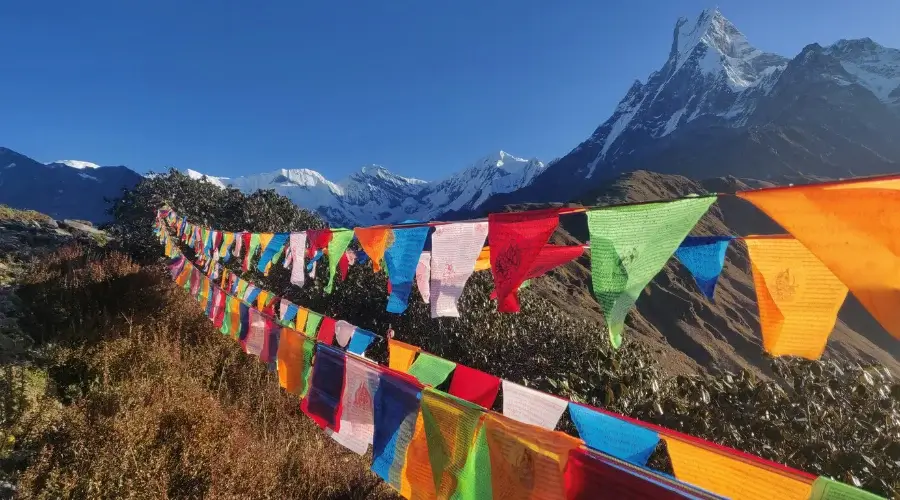
The sutras and symbols scripted on prayer flags are considered to flow along the winds and spreading blessings throughout the surroundings. They are like silent prayers for peace, strength and compassion.
Origin
The origins of prayer flags come from Nepal Sutras written on cloth banners before the tradition evolved into prayer flags that spread through Tibet beyond its borders. A Buddhist legend tells that Gautama Buddha placed his prayers onto battle flags belonging to divine warriors opposing the asuras, which possibly motivated Indian monastic communities to use prayer flags as symbols of their peaceful dedication.
Before 800 CE, the Tibetan residents witnessed this tradition, yet actual prayer flag use became prevalent among Tibetans by 1040 CE. According to historical records, the Indian monk Atisha initiated the practice of prayer incision on flags, which spread from Tibet to Nepal.
Symbols
The prayer flags have different symbols signifying different things. The Windhorse in the Flag signifies the speed and transformation of bad luck into good times. Three jewels symbolize the Buddha, Buddhist teachings and the Buddhist community.
The animals in these flags and their meaning.
Dragon
It symbolizes power and protection
Garuda
Garuda symbolizes intelligence and clarity. The Garuda bird is known for its sharp vision and curiosity.
Tiger
Tiger is considered fearless; in prayer flags, it signifies bravery and strength.
Snow lion
Lions are fearsome animals; they signify fearlessness and delight.
Vertical and Horizontal Swinging Prayer Flags
Vertical prayer flags are “Darchog” and are attached to a pole and planted vertically on rooftops, grounds, and mountaintops. Darchog are large squares or rectangle-shaped flags planted vertically.
Horizontal swinging prayer flags are “Lung Ta”, which you mostly see. Lung ta are square or rectangular flags attached to a string and hung high to low between two places. Lung ta or string flags can be seen in monasteries, stupas and high mountains.
How are Prayer Flags Made, and What Material Is Used?
It is made using hemp and cotton, which are simple but durable. No synthetic materials are used for hanging prayer flags, because it is a sacred practice. The materials used for the making of these flags are chosen meticulously to hold images and texts as long as possible.
The printing of images and texts comes from the woodblock, where texts and images are already carved out into those woodblocks. Woodblocks dipped into ink and pasted into the flags.
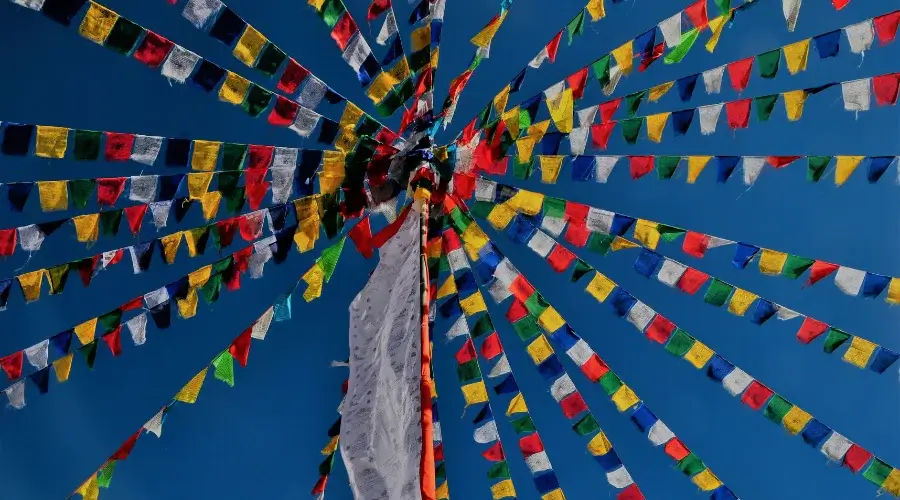
How are these prayer flags spiritually important?
In the Himalayas, These traditional flags are a significant part of life. People in the Himalayas, especially Buddhists, believe that the symbols and sutras written on flags blow blessings, good things, and compassion into the air, thus sending it throughout the country and everywhere around.
The sutras and symbols written on flags fade out over time like everything in this world, signifying impermanence and renewable energy. Once the flags fade out completely, they are replaced by brand-new flags.
How are Prayer Flags Globally Recognized?
Globally, these flags are liked for their aesthetics, and they are hung in yards, workplaces, and rooftops. They are known for spreading positivity and strength in their surroundings.
What is the timing of hanging and taking down?
In Buddhism, if the hanging of prayer flags is done at the wrong time, it brings bad fortune. Hanging of prayer flags should be done on sunny and windy days. In every Tibetan New Year, old flags are replaced by new flags.
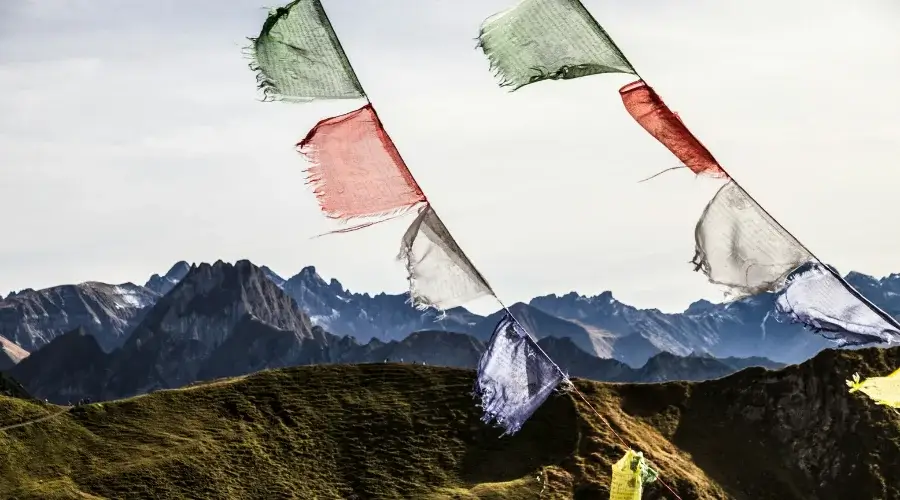
Why are Prayer Flags Hung in High Places?
There are mantras, symbols and sutras inscribed on flags. By hanging them in high and windy places, the Windhorse delivers goodwill and compassion all around. People believe that by hanging them in higher and windier places, blessings and good things pass thoroughly. You will find these flags to purchase in Boudha, Thamel and Swoyambhu in Kathmandu and other places of Nepal.
Quick Facts
Prayer flags carry so many meanings and mysteries. There are facts that you must know.
- It should never touch the ground, even when they are burned.
- The old, faded prayer flags signify impermanence, which is one of the important Buddhist teachings.
- These flags are a vital part of Tibetan Buddhism.
- They are strung in high and windier places because that way, positivity passes farther and everywhere.
- The symbol of the prayer flag is peace, compassion, wisdom and strength.
Want to know more?
Speak to an Expert





Sandip Dhungana
Nepal 🇳🇵
Whatsapp: +977-9823636377


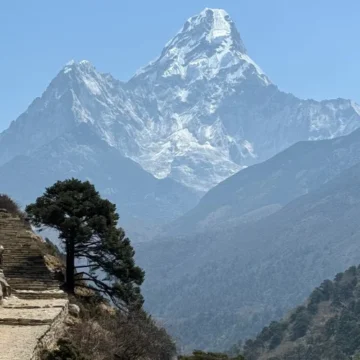

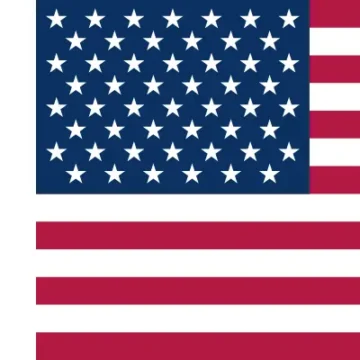


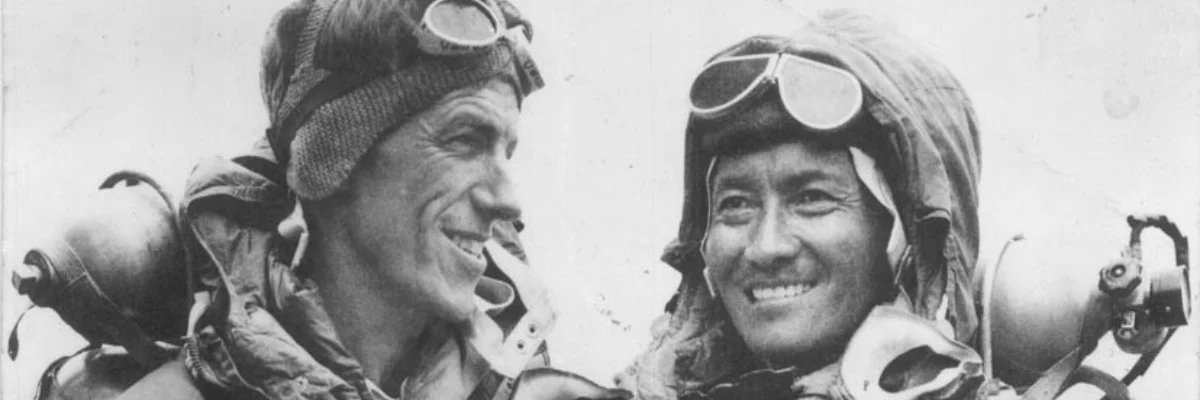

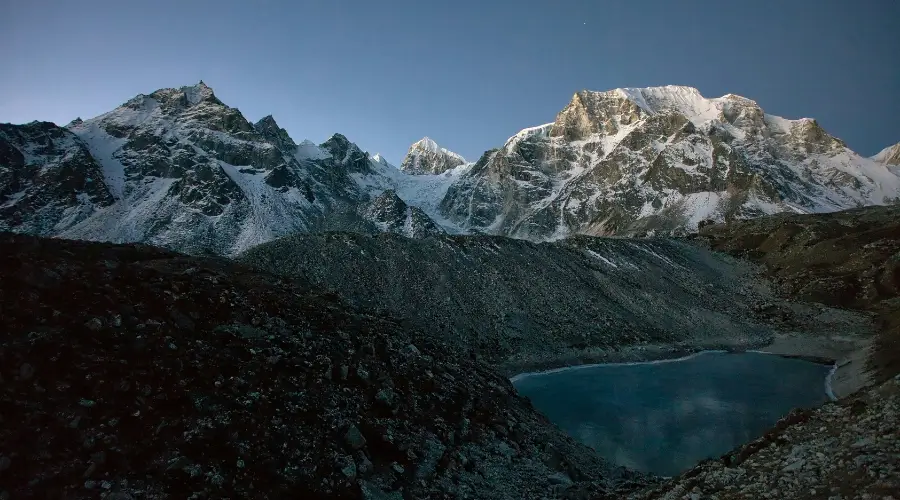

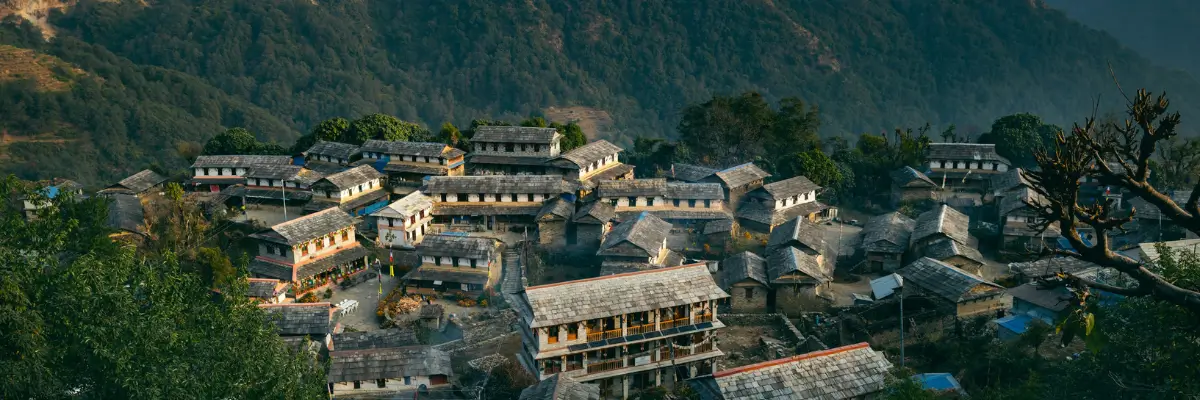











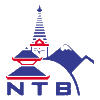
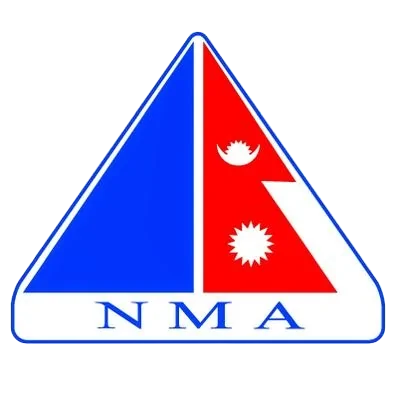

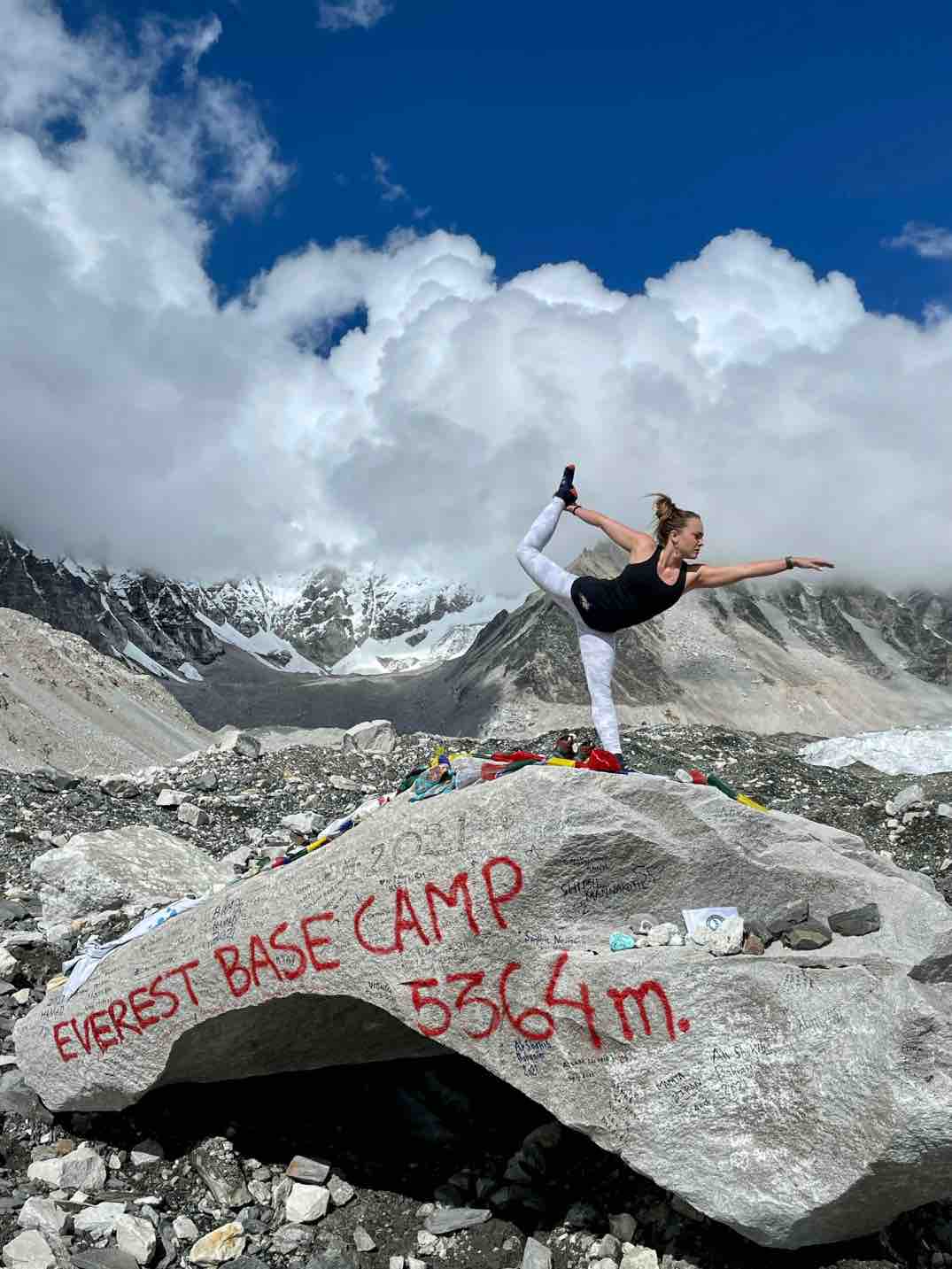

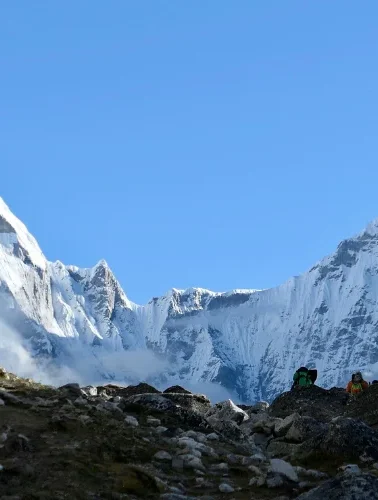
Leave Your Comment